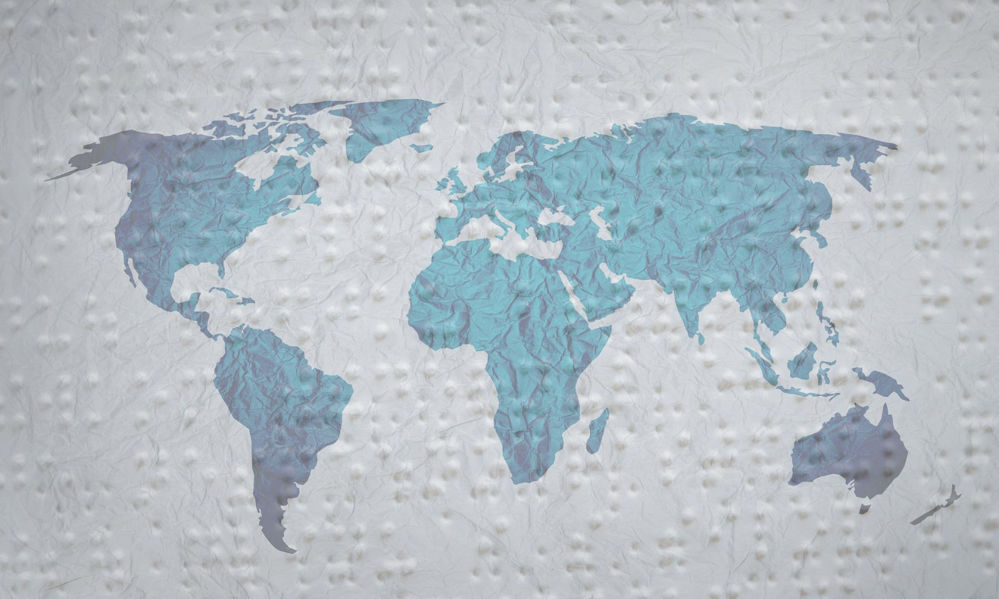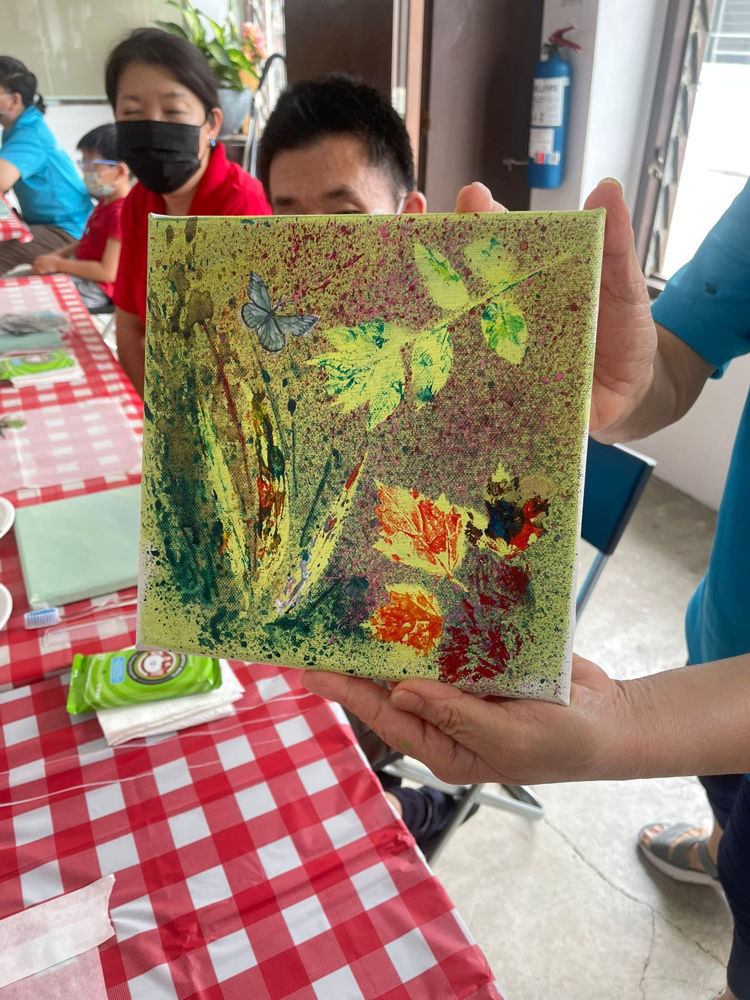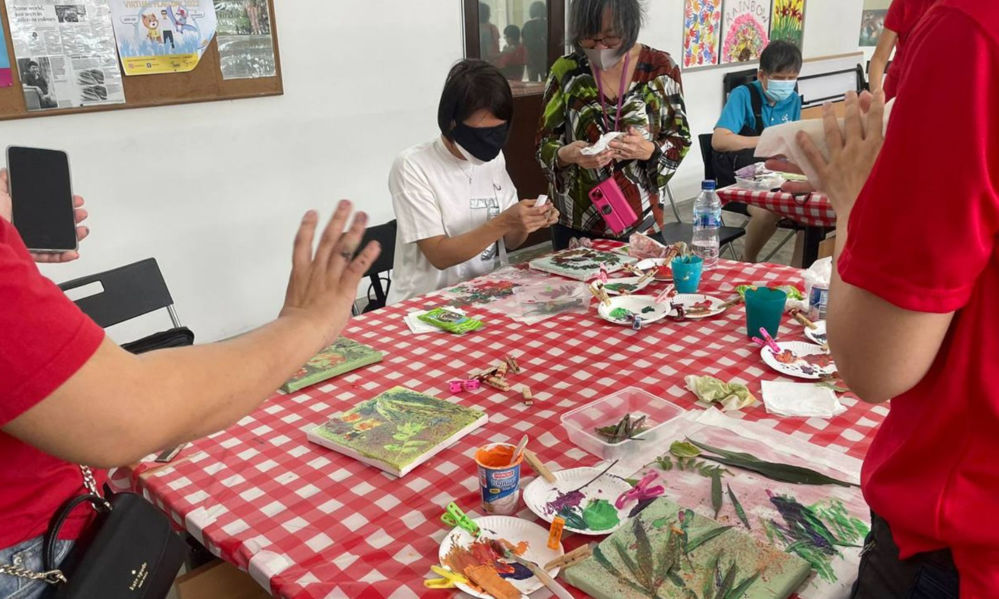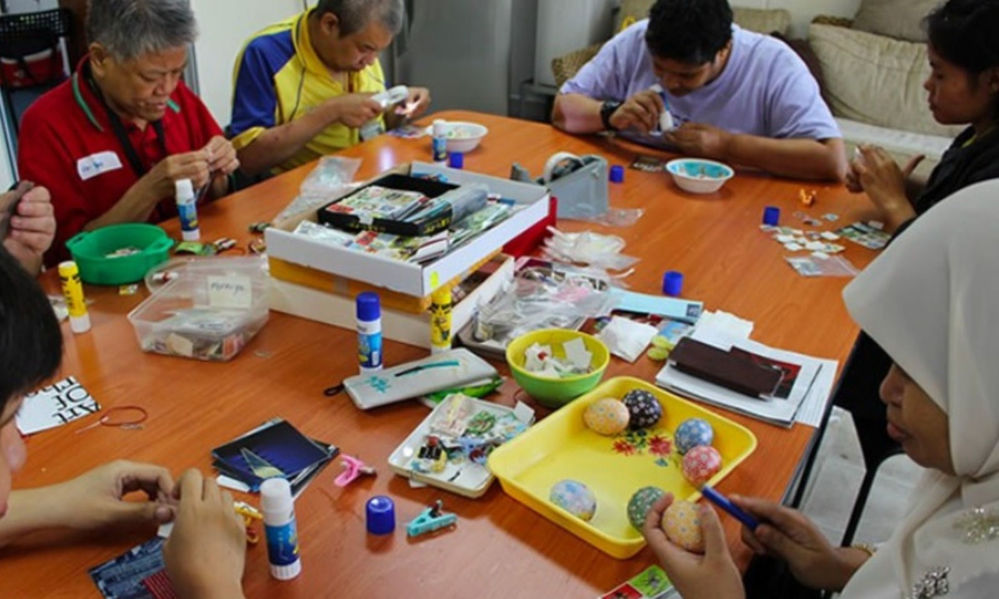
The Unseen Map of the World

World Braille Day is celebrated on the 4th of January every year to honour Louis Braille, the inventor of braille, and to recognise the importance of braille as a means of communication for people who are blind or visually impaired.
Braille is a tactile writing system that uses raised dots to represent letters, numbers, and other symbols. It was invented in the early 1800s by Louis Braille, who lost his sight at a young age and became frustrated with the lack of accessible reading materials for people like him. Braille was originally developed for the French alphabet but has since been adapted for use in many other languages.
Braille is an incredibly important tool for people who are blind or visually impaired, as it allows them to read and write independently. It is also used in a variety of other settings, such as in music notation and on public signage.
A Few Moments in Darkness
Now that we have a better grasp of braille’s nature, origin and its many useful applications in society, it is with immense gratitude that we would like to highlight one of a myriad of bespoke CSR workshops which we put together for our corporate partners, our Sensory Art Workshop. Held in conjunction with our social enterprise partners at the Singapore Association for the Visually Handicapped (SAVH), our workshop sees our clients feeling, touching, and smelling various flowers and other nature-related items while being blindfolded. Upon removing their blindfolds, they will then proceed to paint one side of a tote bag or canvas, while our visually impaired beneficiaries paints the other. Click on the image below to find out more about our Sensory Art Workshop.
Art Through New Eyes

Our workshop has invariably been an eye-opening experience for both our corporate partners and our beneficiaries, as the former gains a new found appreciation for the gift of sight, and a deeper sense of empathy for our beneficiaries, while our beneficiaries are given an opportunity to meaningfully contribute to the local community as they assist in the painting of the tote bags. It is activities such as these, that our beneficiaries are given a greater sense of independence and a boost in confidence, with which they will be able to continue meaningfully contributing to society.
Looking Beyond the Horizon

Braille has been the key to open the doors to knowledge, communication, and expression for blind the visually impaired and it continues to be essential today in the digital age. Even with the increasing prevalence of screen readers and other assistive technologies, Braille remains an important tool for reading and writing, especially for children and students who similarity impaired.
In recent years, some innovative technologies have been developed that are helping to bring Braille to new audiences. For example, braille displays which may be refreshed connect to computers, phones and other devices to provide real-time braille output, allowing blind people to interact with digital text and applications.
Many organizations, governments and institutions are working to promote Braille and increase its availability around the world. This includes initiatives to promote Braille literacy, provide Braille education and training, and advocate for accessible materials and technologies.
It is important to remember that people who are blind or visually impaired are just as capable and deserving of education, employment, and full participation in society as anyone else. With the right tools and support, they can achieve their full potential and lead fulfilling lives. World Braille Day is an opportunity to celebrate the achievements of Louis Braille and to remind us of the ongoing importance of Braille and accessibility.
In conclusion, World Braille Day is an opportunity to celebrate the invention of Braille and the impact it has had on the lives of blind people. While Braille has been vital for the education, employment, and full participation of blind individuals, it is unfortunate that only 10% of the blind population have access to it. It is crucial to raise awareness about the importance of Braille and accessibility, and to advocate for the provision of Braille education and training, and accessible materials and technologies to ensure that all individuals have the opportunity to reach their full potential.


